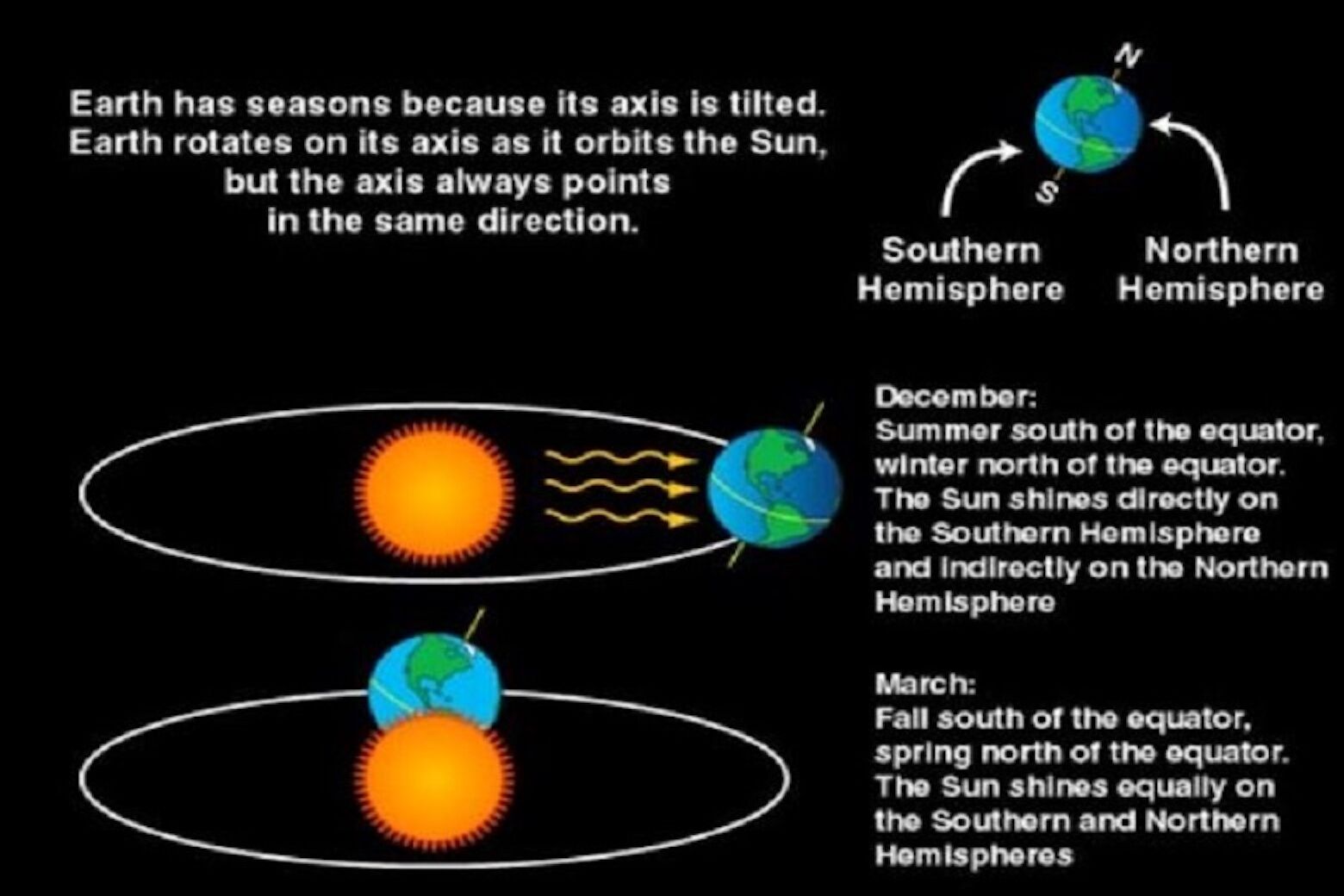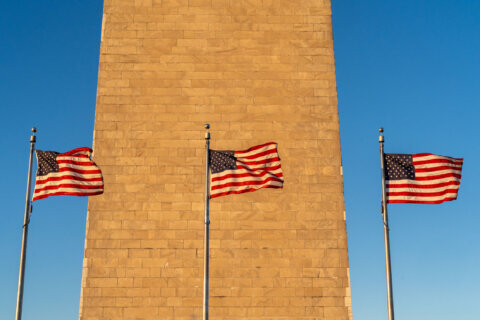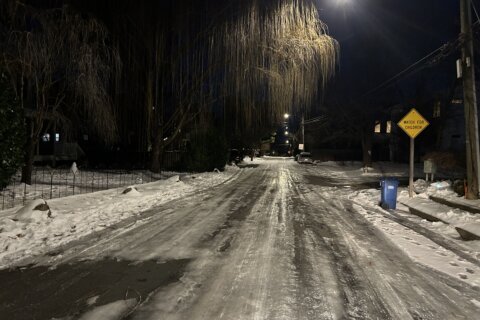While meteorologists observe the first day of spring on March 1 for ease of weather-keeping records, the official first day of spring or “vernal equinox” arrives Monday. However, the balance of daylight and darkness is offset from the first day of spring.
Since we need a reason to celebrate, find joy in the fact that today we have 12 hours of daylight and darkness in the D.C. area. Yes, the sunrise and sunset are both 7:17 (a.m. and p.m.) on Friday.
Vernal equinox is a complicated way of saying “first day of spring,” but the “equinox” part refers to equal 12 hours of daylight and darkness.
Since the Earth is not a perfect circle, but rather an oblate spheroid, and light is bent as it comes through the atmosphere, Friday is the day when the region sees 12 hours of daylight and darkness.
On Saturday, we gain three more minutes of daylight, so the sunrise is two minutes earlier (7:15 a.m.) and sunset is one minute later at 7:18 p.m.
This year, Monday is the official day defined as the vernal equinox, which refers to the day and time (5:24 p.m. Eastern) when the sun moves overhead across the equator.

Not everywhere in the U.S. has 12 hours of daylight and darkness Friday. Tucson, Arizona, and San Antonio, Texas, for instance, see 12 hours and two minutes of daylight today.
The 12-hour daylight/darkness benchmark also varies by a day or so. For instance, next year, Washington, D.C., will observe the “equinox” of daylight and darkness on March 16.
In an effort to avoid confusion when calculating seasonal averages, meteorologists use the standard March 1 to May 31 time frame for spring, June 1 to Aug. 31 for summer, Sept. 1 to Nov. 30 for autumn averages and Dec. 1 to Feb. 28 (or Feb. 29 for leap years) for winter averages.








